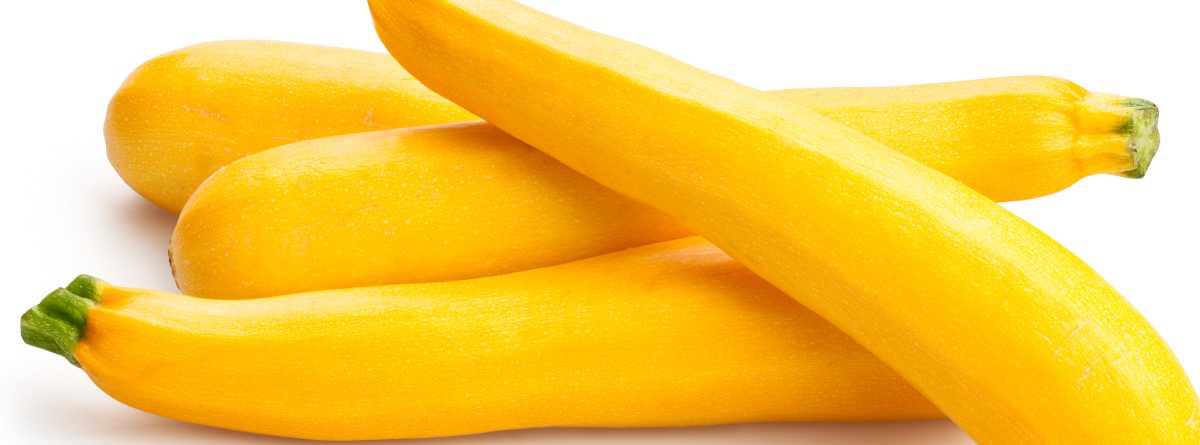
How to select
Choose squash that is heavy for its size with a glossy appearance.
How to prepare
- Yellow squash has a thin skin that does not require peeling. Simply wash, cut, and add to your favorite recipe.
How to store
- Store fresh squash in the crisper drawer of your refrigerator.
- Keep squash in a plastic bag or container to maintain moisture.
Peak season
Summer
Ways to use
- Yellow squash can be used in place of zucchini for many recipes.
- Saute and mix with whole-grain pasta, brown rice or quinoa.
- Make a squash “boat” by cutting the shell in half lengthwise, scooping out the inside, and filling with cooked rice and ground beef. Bake in the oven.
Fun facts
- Summer squashes are eaten whole while winter squashes often need the skin and seeds removed.
- Summer squashes are related to melons.
- Squash is a key part of indigenous diets.
Nutrition info and facts
A great source of vitamin C to help the immune system. High in vitamin A which can promote healthy eyes and skin. Provides potassium, an electrolyte that helps maintain fluid balance.
1 medium summer squash = 31 calories, 2 g protein, 7 g carbs, 2 g fiber, 29 g calcium, 33 mg magnesium, 75 mg phosphorus, 514 mg potassium, 33 mg vitamin C, 20 µg vitamin A
Learn more
Growing summer squash and zucchini in home gardens (UMN Extension)
Sources
FoodAndHealth.Communications. 8 Fun facts about squash.
FoodData Central. Squash, summer, all varieties, raw. April 2018.
FoodPrint. Real Food Encyclopedia | Zucchini and summer squash.
Have a Plant. Summer squash.